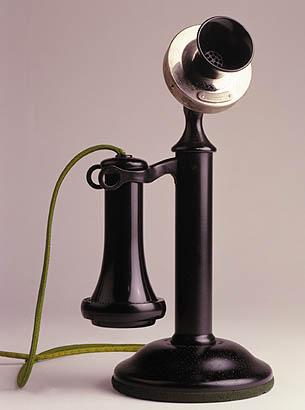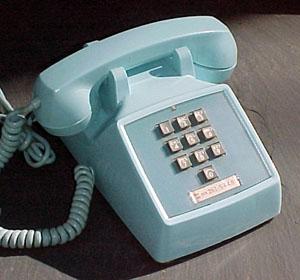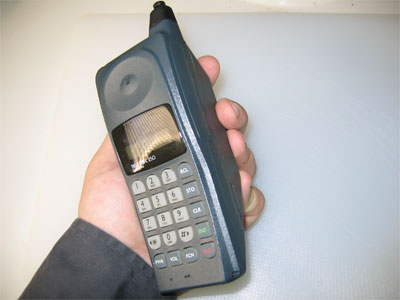Exhaustion Reinvigorated

Quanta Computer, Inc. ("Quanta"), has two reasons to celebrate today. First, the new G3 iPhones that it builds for Apple have gone public. Second, the United States Supreme Court finally released its decision in Quanta Computer, Inc. v. LG Electronics, Inc. ("Quanta v. LGE"). Although not a biotechnology dispute per se, Quanta v. LGE will have significant implications for biotechnology patent law.
The main issue in dispute was the doctrine of patent exhaustion. As Justice Clarence Thomas, writing for a unanimous Court, explained,
The longstanding doctrine of patent exhaustion provides that the initial authorized sale of a patented item terminates all patent rights to that item.
LG Electronics, Inc. ("LGE"), licensed a portfolio of computer technology patents to Intel Corporation ("Intel"), but attempted to prevent Intel from selling products covered by those licensed patents that would be combined with non-Intel products. However, Intel sold some of these products to Quanta, which then combined the Intel products with other products of its own. LGE sued Quanta for patent infringement. Quanta argued that there could be no patent infringement because LGE's patent rights had been exhausted once Intel had sold the products covered by LGE's patent claims.
The Supremes sided with Quanta, and articulated a strong formulation of the patent exhaustion doctrine:
The authorized sale of an article that substantially embodies a patent exhausts the patent holder’s rights and prevents the patent holder from invoking patent law to control postsale use of the article. Here, LGE licensed Intel to practice any of its patents and to sell productspracticing those patents. Intel’s microprocessors and chipsets substantially embodied the LGE Patents because they had no reasonable noninfringing use and included all the inventive aspects of the patented methods. Nothing in the License Agreement limited Intel’s ability to sell itsproducts practicing the LGE Patents. Intel’s authorized sale to Quanta thus took its products outside the scope of the patent monopoly, and as a result, LGE can no longer assert its patent rights against Quanta.
Many biotechnological inventions are analogous to the products in Quanta v. LGE. Nucleic acids, polypeptides, and other biomolecules may be combined with other products or substances, such as incipients, carriers, or vectors. The Supremes appear to have made the preparation or sale of such combination products, if not independently covered by patent claims, more difficult to constrain through licensing of the initial product due to exhaustion of patent rights. One result could be even more creative attempts to license around patent exhaustion, although the Quanta v. LGE decision should make licensors even more careful to avoid patent misuse. Another result may be higher prices for the pre-combination products covered by patent claims to compensate for any loss of post-sale revenue.
The Supremes also clarified that patent exhaustion applies not just to product claims, but, despite LGE's protestations, to method claims as well. It is extremely common for biotechnology patents to claim methods. Consequently, efforts to constrain the use of claimed biotechnological methods in licenses may be effected by the renewed susceptibility of method claims to patent exhaustion.
Quanta v. LGE also focuses light on the continued unanimity with which the Supremes seem to view intelletual property law. Dissents and concurrences have become the exception over the past several years in such cases, raising interesting questions about why intellectual property disputes are so easy for the Supremes to agree upon, while other areas of the law continue to inspire such division and acrimony among members of the Court. Of course, love for iPhones can conquer all.











0 Comments:
Post a Comment
<< Home